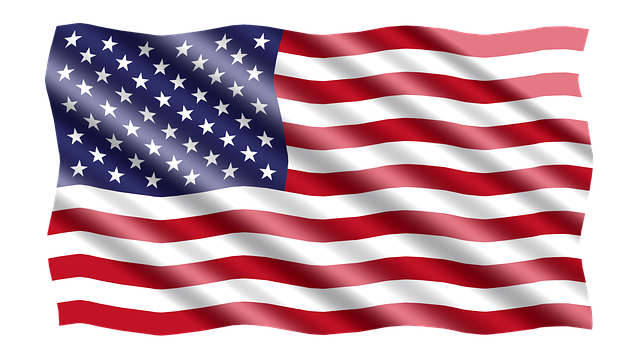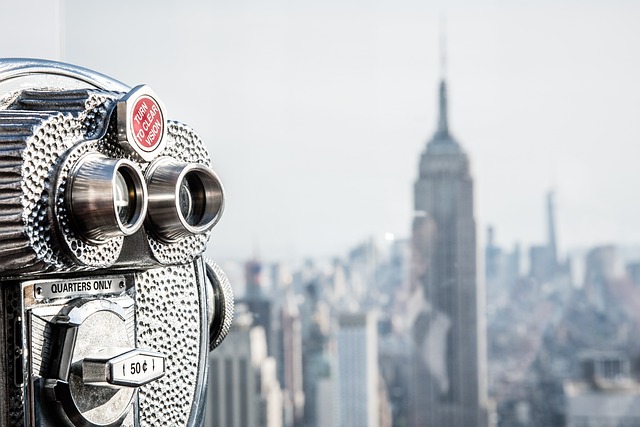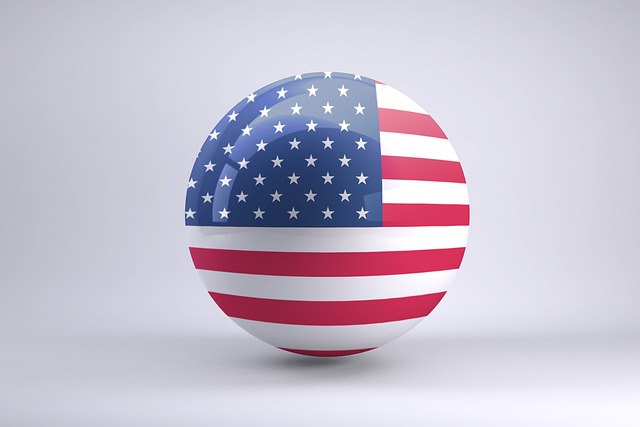The U.S. Flag Code is a comprehensive guide for honoring the American flag, which symbolizes our country's values and heritage. It prescribes specific protocols for displaying the flag with respect, including its proper orientation (union to the observer's left), avoiding ground contact, and dignified disposal when worn. The code also covers the correct procedures for folding and storing flags, emphasizing clean, triangular folds and dry, clean storage in a cool, dry place without harmful chemicals. For those seeking to raise or lower the flag as part of a ceremony, it's important to do so at dawn or during the national anthem, and at sunset or during "Taps," always with a salute. When displaying multiple flags, the U.S. Flag should be central and elevated, reflecting its preeminent status among state or international flags. For individuals looking for a flag to follow these traditions, a search for "U.S. Flag near me" can direct them to reputable suppliers who provide flags that adhere to the U.S. Flag Code's standards of respect and tradition. Adhering to these guidelines ensures the flag remains a resilient symbol of freedom and national pride, and a testament to American unity and patriotism.
When honoring the U.S. Flag, adherence to longstanding guidelines ensures respect and recognition of its symbolism. This article serves as a guide for proper flag display, from understanding the nuances of the U.S. Flag Code to the precise etiquette involved in raising and lowering the flag near you. Whether you’re seeking clarity on flag folding and storage or aiming to display multiple flags with dignity, this comprehensive resource will help you uphold the revered emblem of our nation with care and respect.
- Understanding the U.S. Flag Code: A Comprehensive Guide for Proper Display
- The Do's and Don'ts of Flag Folding and Storage: Ensuring Your U.S. Flag's Respect
- The Etiquette of Raising and Lowering the U.S. Flag near Me: A Step-by-Step Protocol
- Displaying Multiple Flags: Guidelines for Combining the U.S. Flag with State or Other Flags
Understanding the U.S. Flag Code: A Comprehensive Guide for Proper Display

The U.S. Flag Code provides a set of guidelines to honor and respect the American flag, ensuring its proper display. It is a symbol of our nation’s values and heritage, and understanding its protocols is essential for those who wish to show their reverence and adherence to national customs. The code covers various aspects of flag handling, from hoisting to lowering it, and each gesture carries significant meaning. For instance, the flag should be flown at the highest point if possible, and when displayed vertically, the union (the blue field with stars) should be at the flag’s own right, which is the observer’s left. Those looking for guidance on how to properly display the U.S. Flag near them can refer to the official guidelines or consult local veterans’ organizations or government agencies that often provide detailed instructions. The code also specifies that the flag should not be used as a covering for objects, nor should it be permitted to touch the ground. When the flag is no longer serviceable, it should be destroyed in a dignified way, preferably by burning. By following these time-honored traditions, citizens can demonstrate their respect and appreciation for the flag and the country it represents. It’s always recommended to familiarize oneself with the latest edition of the U.S. Flag Code to ensure compliance with current practices and laws regarding the display of the flag.
The Do's and Don'ts of Flag Folding and Storage: Ensuring Your U.S. Flag's Respect

When properly folding and storing your U.S. Flag, it is imperative to handle it with respect and care to maintain its significance and dignity. The process of flag folding should be performed with precision and attention to detail. To fold the flag, start by folding it lengthwise in half twice, resulting in four equal rectangles. Then, make triangular folds, bringing one corner over to the opposite edge, creating a clean, sharp fold that aligns with the center of the flag. Continue this process until you reach the end of the flag, resulting in a series of triangular folds. When storing your folded U.S. Flag, ensure it is kept dry and clean, away from direct sunlight or moisture, which can fade and damage the fabric. It’s best to store the flag in a cool, dry place, using a flag storage box designed for this purpose. Avoid using mothballs or any other chemical that could harm the flag’s material. When purchasing your U.S. Flag near me, consider acquiring a new one from reputable suppliers who follow the proper guidelines set by the U.S. flag code. Remember to retire a flag that is worn or damaged beyond repair, showing respect for the symbol it represents. By adhering to these guidelines for flag folding and storage, you ensure that your U.S. Flag remains a symbol of freedom and pride for many years to come.
The Etiquette of Raising and Lowering the U.S. Flag near Me: A Step-by-Step Protocol

The etiquette surrounding the raising and lowering of the U.S. Flag is steeped in tradition and respect for the nation it represents. When searching “U.S. Flag near me” to observe or participate in this ceremonial practice, one must adhere to a precise protocol to honor its significance. The flag should be hoisted briskly to the top of the staff during the first note of the national anthem or at dawn, whichever is more feasible locally. Conversely, it should be lowered gently to the top of the pole, and then solemnly to the half-staff position or completely to the ground, during the sound of “Taps” or sunset, accompanied by a final salute at its departure from sight.
In cases where the flag is flown continuously day and night, such as on special occasions or government buildings, it should be illuminated properly so that it is visible at all times. Additionally, when searching “U.S. Flag near me” to locate a flag that needs to be raised or lowered, consider the setting that best respects the flag’s presence—whether it be in a public square, at a military base, or even in your own backyard. The manner in which you engage with this daily ritual is a reflection of the esteem and honor you hold for the United States and its ideals. Always ensure that the flag never touches the ground or any other object, and it should be folded neatly when lowered or removed from view. Following these steps not only upholds tradition but also serves as a powerful testament to national unity and pride.
Displaying Multiple Flags: Guidelines for Combining the U.S. Flag with State or Other Flags

When displaying multiple flags in conjunction with the U.S. Flag, it is important to adhere to specific guidelines to honor and respect each banner’s significance. The U.S. Flag should always be at the center and tallest flag when grouped with a State or other flags. This arrangement emphasizes the nation’s preeminence while acknowledging the individuality and distinctiveness of the States. When the U.S. Flag is flown with a State flag, it should be placed to its right (left for an observer facing the flags). The staffs of each flag should have different lengths so that the U.S. Flag remains the highest and the center. Additionally, if the U.S. Flag is displayed above other flags from two or more States, international entities, or socieities, it should be in the center and above all the other flags. These protocols ensure the proper respect for each flag’s place in the community and maintain a clear visual hierarchy that aligns with American traditions and etiquette. For those looking to acquire flags that are displayed according to these guidelines, seeking out a “U.S. Flag near me” can lead to reputable local suppliers who can provide the correct flags and accessories for proper display. It is always advisable to consult official resources or experienced professionals for precise guidance on flag display protocols to ensure respect and adherence to tradition.
